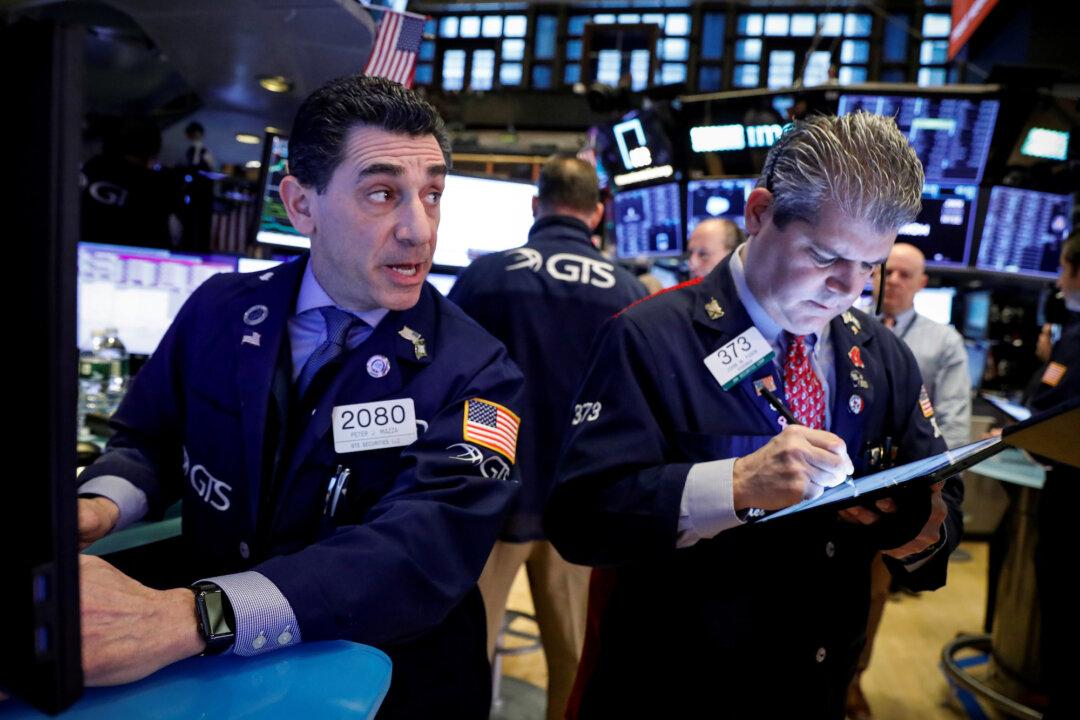Stocks plummeted and investors rushed into safe-haven bonds Monday, as the worst one-day crash in crude oil prices in 30 years combined with ongoing coronavirus fears into a perfect storm that sparked a selloff dramatic enough to trigger a temporary curb on trading at the New York Stock Exchange.
The dramatic flight from equities followed the collapse of a supply-constraint alliance between OPEC and Russia, with Saudi Arabia launching a price war by announcing Sunday it would cut crude prices and increase production.





